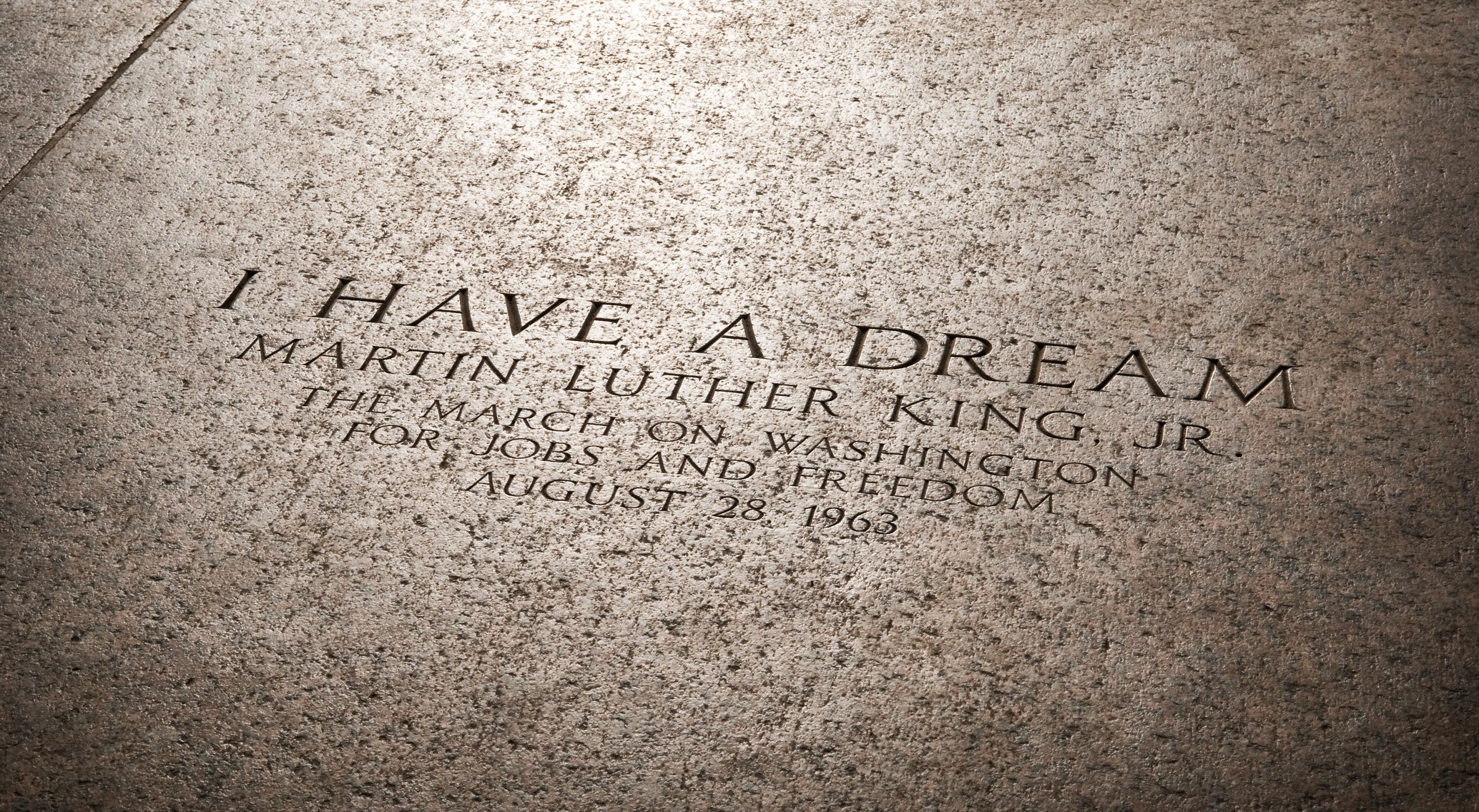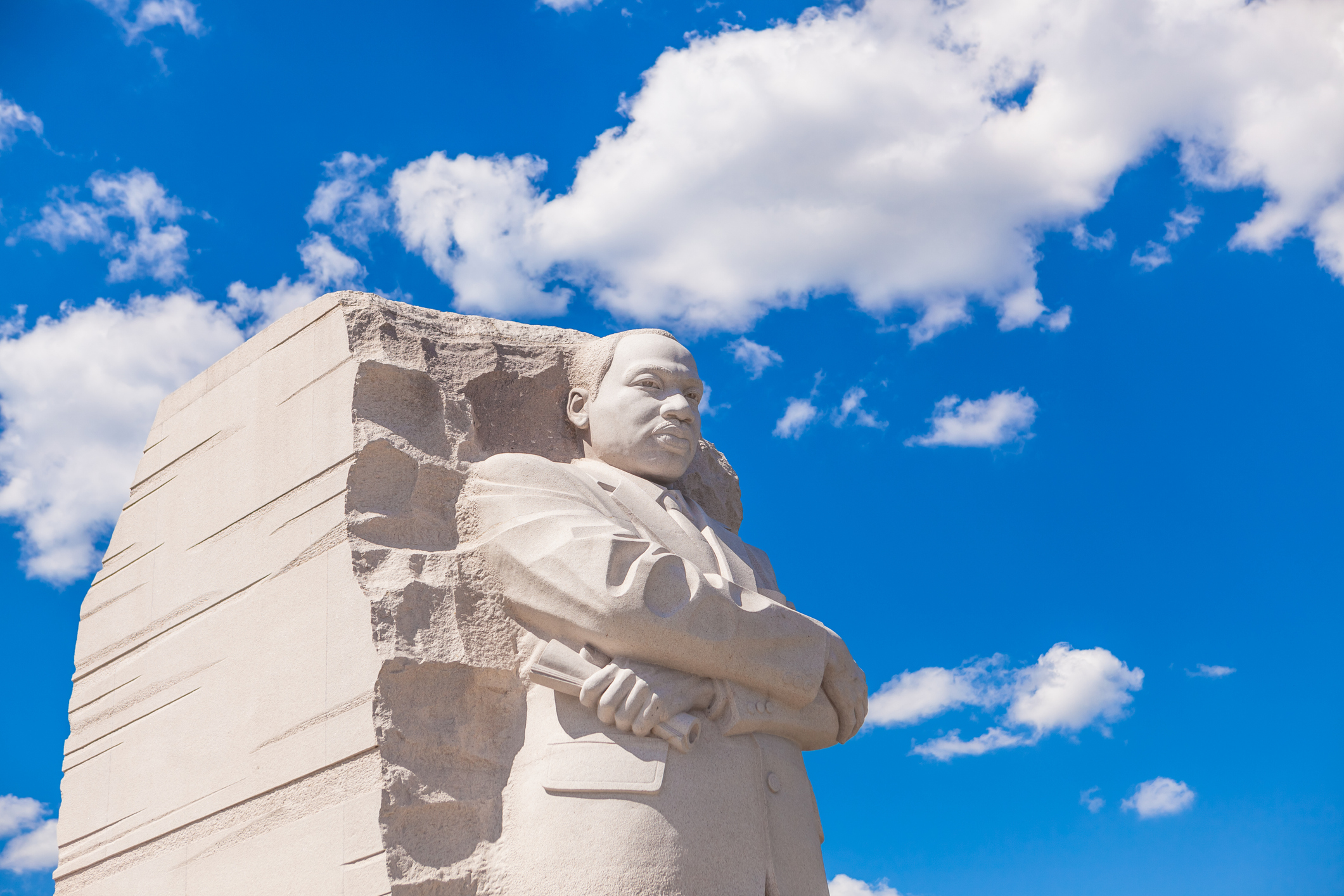
On August 28, 1963, Martin Luther King Jr. delivered one of the most iconic speeches in American history, “I Have a Dream,” from the steps of the Lincoln Memorial during the March on Washington for Jobs and Freedom. This speech not only became a defining moment in the Civil Rights movement, but also was a cornerstone in America’s quest for racial equality. The significance of King’s speech lies in its powerful rhetoric, its timing, and its enduring impact on both American society and the global fight for human rights.
Historical Context and Timing
The timing of the “I Have a Dream” speech was crucial to its significance. Delivered during the March on Washington for Jobs and Freedom, it was part of a larger effort to address the economic and social injustices faced by African Americans. The march itself was a landmark event, drawing over 250,000 people to the nation’s capital in a powerful demonstration of solidarity and demand for change.
At the time, the Civil Rights Movement was at a critical juncture. Despite significant victories, such as the desegregation of schools following the 1954 Brown v. Board of Education decision, systemic racism and inequality persisted. King’s speech came at a moment when the movement needed a galvanizing force to push forward with renewed vigor. His words provided that impetus, energizing activists and gaining widespread media attention, thereby increasing public awareness and support for the cause.
Rhetorical Mastery and Vision
Martin Luther King Jr.’s speech is celebrated for its masterful use of rhetorical techniques that captured the hearts and minds of its listeners. King skillfully employed metaphors, repetition, and allusions to create a vivid picture of the struggles and aspirations of African Americans. His use of the phrase “I have a dream” is a prime example of anaphora, a rhetorical device that involves the repetition of a phrase at the beginning of successive sentences. This repetition not only emphasized his vision but also created a rhythmic and emotive cadence that resonated deeply with his audience.
King’s dream was not just for African Americans but for all people to live in a nation where they would “not be judged by the color of their skin but by the content of their character.” His vision was inclusive, promoting unity and equality. By drawing on the American Dream and the nation’s founding principles of liberty and justice for all, King framed the Civil Rights Movement within the broader context of American ideals, making it a struggle for the soul of the nation itself.

Enduring Impact and Legacy
The “I Have a Dream” speech has had a lasting impact far beyond the immediate aftermath of the March on Washington. It has become a touchstone for discussions on race and equality, continually referenced in the context of ongoing struggles for civil rights. King’s vision of a racially harmonious society continues to inspire activists, educators, and leaders around the world.
One of the most significant outcomes of King’s speech was its influence on legislation. The Civil Rights Act of 1964 and the Voting Rights Act of 1965 were landmark laws that helped dismantle legal segregation and protect the voting rights of African Americans. King’s ability to articulate the aspirations of a marginalized community and appeal to the conscience of the nation played a crucial role in building the momentum necessary for these legislative victories.
In addition to its political impact, the speech has left an indelible mark on American culture. It is taught in schools, quoted in political discourse, and referenced in various forms of media. The speech’s message of hope, equality, and justice continues to resonate, reminding each generation of the ongoing work needed to achieve a truly equitable society.
Global Influence
The significance of King’s speech extends beyond the United States. It has inspired movements for justice and equality around the world. Leaders of various social justice movements have drawn on King’s rhetoric and vision to advance their causes, from the anti-apartheid struggle in South Africa to the fight for indigenous rights in Australia.
King’s speech also underscored the universal nature of human rights. By framing the fight for civil rights within the context of broader human rights, King highlighted the interconnectedness of struggles against oppression worldwide. His emphasis on nonviolent protest and moral courage has become a guiding principle for activists globally.
Martin Luther King Jr.’s “I Have a Dream” speech is a seminal moment in the history of the Civil Rights Movement and a pivotal event in American history. Its significance lies in its rhetorical brilliance, its timely delivery, and its enduring impact on both national and global scales. The speech continues to inspire and challenge us to strive for a world where equality and justice are not just dreams but realities for all.
Active Classroom has hundreds of Civil Rights movement activities to connect history and current events
Try a free 30-day trial today
Monet Hendricks is the blog editor and social media/meme connoisseur for Social Studies School Service. Passionate about the field of education, she earned her BA from the University of Southern California before deciding to go back to get her Master’s degree in Educational Psychology. She attended the graduate program at Azusa Pacific University pursuing her post-masters Educational Specialist degree in School Psychology and Applied Behavior Analysis and currently works as a School Psychologist in Los Angeles, CA. Her favorite activities include traveling, watching documentaries on mental health, and cooking adventurous vegetarian recipes with her husband.